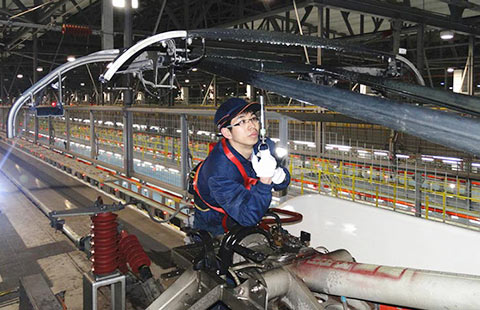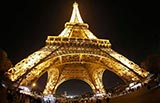China's money outflow not investment withdrawal: authority
(Xinhua) Updated: 2016-02-05 08:03
 |
|
A |
BEIJING - China's capital outflow last year should not be equated with withdrawal of foreign investment, forex administrant said on Thursday.
The outflow occurred as domestic banks and enterprises vigorously increased holdings of overseas assets and repaid debts, the State Administration of Foreign Exchange (SAFE) said when answering questions from reporters.
"There is an essential difference with the so-called withdrawal of foreign capital," the SAFE said.
In the first three quarters of last year, China's overseas assets increased by $272.7 billion, and deposits in foreign banks and lending to foreign companies rose by $96.9 billion, data showed.
China's overseas net financial assets ranks second in the world, which inevitably prompts capital outflow as long as China maintains its current account surplus, the SAFE said.
By the end of 2015, China's foreign exchange reserves shrank to $3.3 trillion, but is still the world's largest.
China's huge reserve assets and stable external debt structure can provide strong resistance to impacts from capital flows, the SAFE said.
China's balance of international payments
China saw a capital account deficit in the fourth quarter of 2015 after a surplus registered in the previous quarter.
The deficit under the capital and financial account stood at $84.3 billion during the Sept-Dec period, reversing the surplus of $11.4 billion three months previous, according to preliminary statistics released by the SAFE.
In the meantime, reserve assets, most of which are foreign exchange, decreased by $115 billion, narrowing from a drop of $160 billion in the third quarter.
China started to post deficits on its capital and financial account in the second quarter of 2014 due to rapid increases in overseas investment and speculation on depreciation of the yuan.
China reported a current account surplus of $84.3 billion in the fourth quarter, up from $60.3 billion posted in the third quarter.
For the whole of 2015, China saw a current account surplus at $293 billion, a capital and financial account deficit at $161 billion and a reserve assets drop at $343 billion.
- Chinese shares close lower - Feb 5
- Mexico, China to implement $2.4b joint investment plan
- Half of young Chinese plan to travel during Spring Festival: survey
- Foreign investment evolves along with China's economy
- Train technicians ensuring safe journey home
- China to inject $107b to upgrade rural power grid
- State Council approves draft regulations of social security fund
- HSBC chairman confident on China's economic growth
















